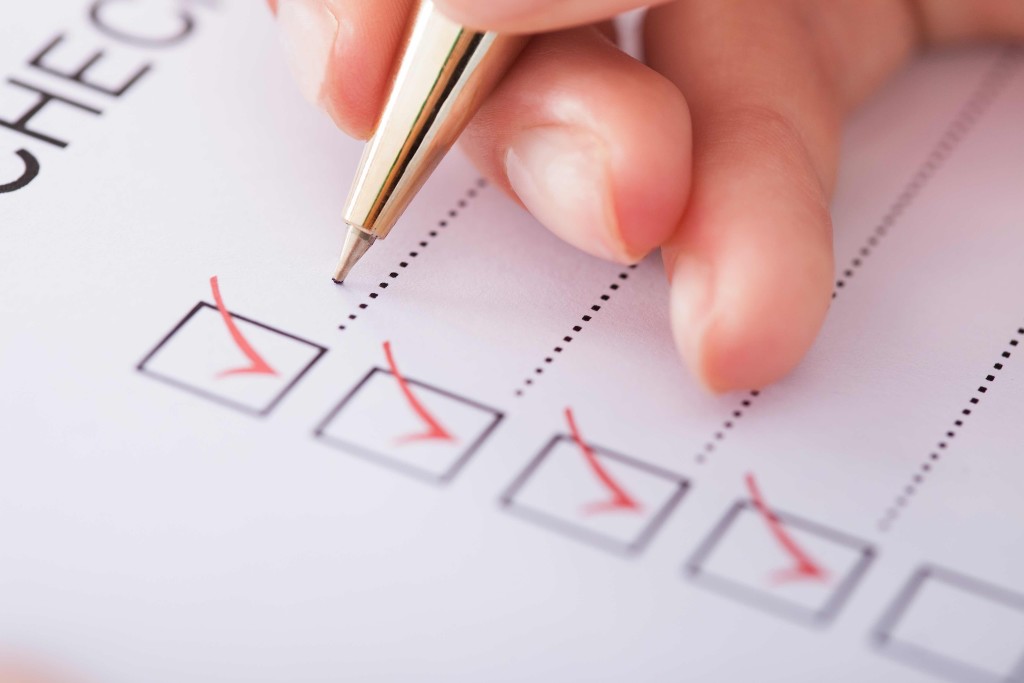Do You Have a Rental Property Checklist?
By Than Merrill
For many landlords, the end of a lease is a very stressful period. Between the push to find new tenants and the process of getting the existing one out, it can end up eating away at your business. The best way to combat this is by creating a lease turnover checklist. Even the most successful landlords can overlook items that can cost them if they are not careful. In creating a checklist, it gives you the best chance to make a seamless transition from lease to lease. Before your current lease gets too close to conclusion, here are some items that need to be on every checklist:
1. Reach out to current tenant: Do you know if your tenant wants to stay in your property? Sounds simple enough but many landlords fail to communicate with their existing tenants before starting the process of finding a new one. There are tenants that think because they are only in a one year lease that they can renew or extend their situation. Something as easy as a quick phone call to your tenant can save you weeks of time and aggravation. Good tenants are not as easy to find as you may think. If you have one that pays on time and takes care of your house you should at least make a phone call and see what their plans are.
2. Final walk-through: Any time there is a change in tenants you need to examine the property. When everything is moved out it is the best time to look at all household items. You should never feel rushed to give a tenant back their security deposit. In most cases you have 30 days to return your tenants funds. Use this time not only to look for major items but the neglected ones as well. Run the dishwasher, washer and dryer for a full cycle and see if there are any undetected issues. Try the oven, open the refrigerator, flush all toilets, run the central air and turn on the heat. These seemingly minor and obvious items can potentially lead to major costs. It is a good idea to do these only after all of the tenants personal items are removed so you can get a real sense of your property.
3. Lease: If you have been using the same lease for some time you need to take a look at it. Your lease is one of those items that you may never think you will use but if there is an emergency you revert back to it. Depending on your tenants there may be certain language added or omitted. College tenants may require different items than what you would have for a family with kids. The basic premise of the lease will be the same but certain items tweaked or added. If you just went through a particularly rough winter you may want to make changes to how you handle snow removal. Whatever the circumstances are you have your lease and insurance in place to protect you. It is important that these items are both up to date and relevant.
4. Price: You should never assume that you are going to get the same rent amount as you did for your previous lease. The rental market is often very fluid and can change in the matter of months. Even if you have not moved your rent in years you need to take a look at your current market. Take a look on realtor.com, Zillow, Truila and Craigslist to see what other comparable homes are on the market for. See what amenities other homes have that yours may be lacking. If these same houses keep popping up at your price point the problem could be that they are asking too much. Take some time to do some legwork on the market before you consider a rent price.
5. Application process: You can have the greatest property with the greatest lease at just the right price but if your tenants don’t pay everything can change in a month. Not enough time is spent on the application and the application process. Many times the quality of tenants you have is a direct reflection on how much time you spend vetting your tenants. You need to give yourself enough time to find the best tenant for you and your property. If this means spending a few days making phone calls than this is what you have to do. A bad tenant changes everything in your property. They are going to pay rent for the next nine months or more. You need to do everything you can to protect your investment. Until you are as comfortable as you can be you need to continue looking for the right tenant. The right tenant makes all the difference. If you don’t have an application you need to start using one. If you have an application you need to use it and gather information from it. The application is that important.
Over time you will develop a system and a checklist that you are comfortable with. If you follow this checklist it will reduce the number of errors and omissions you make throughout the process. It will also help you expedite the process of turning tenants over. The less you have to spend in finding tenants the more money you have for other areas of your business. The end of lease doesn’t have to be a hectic or stressful time if you have a checklist to follow.